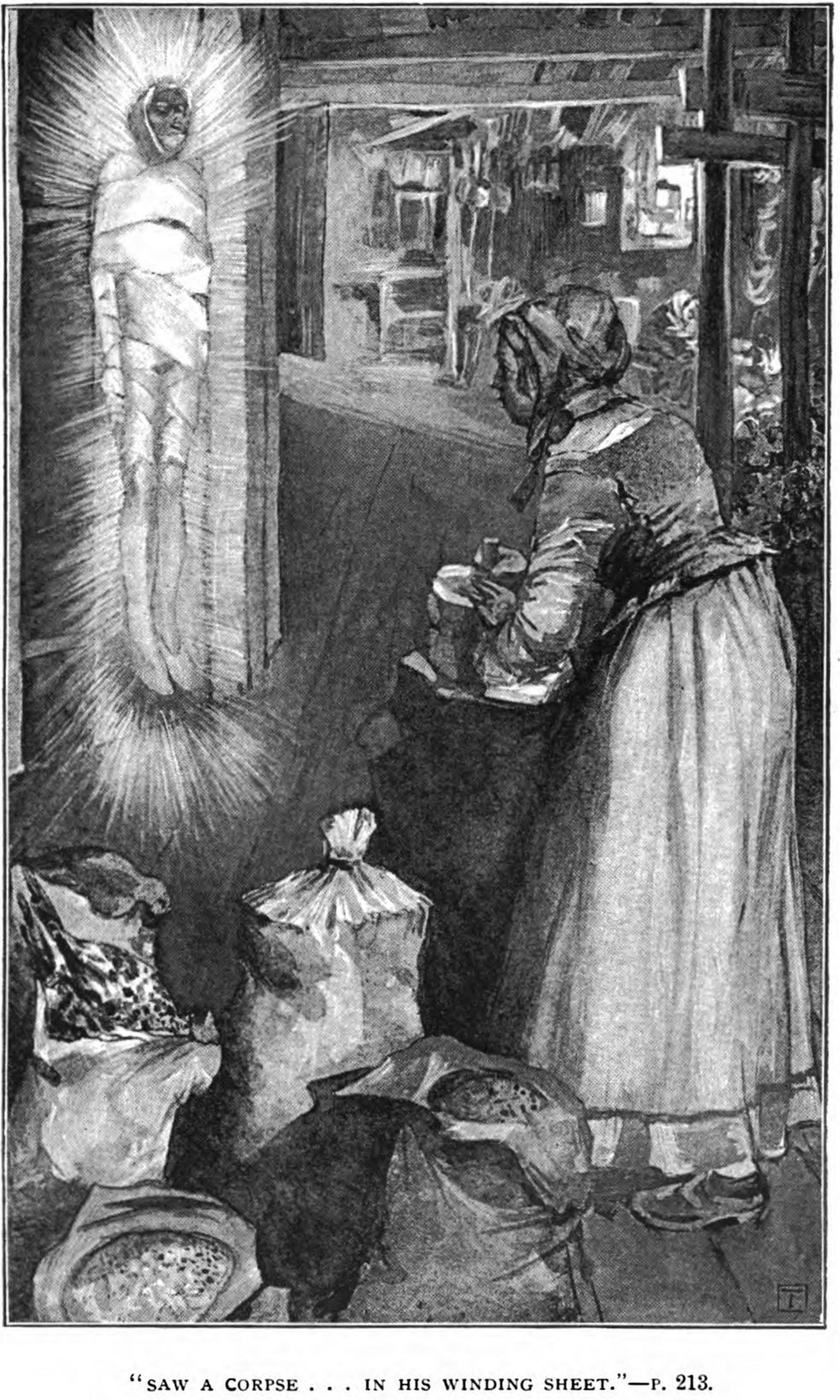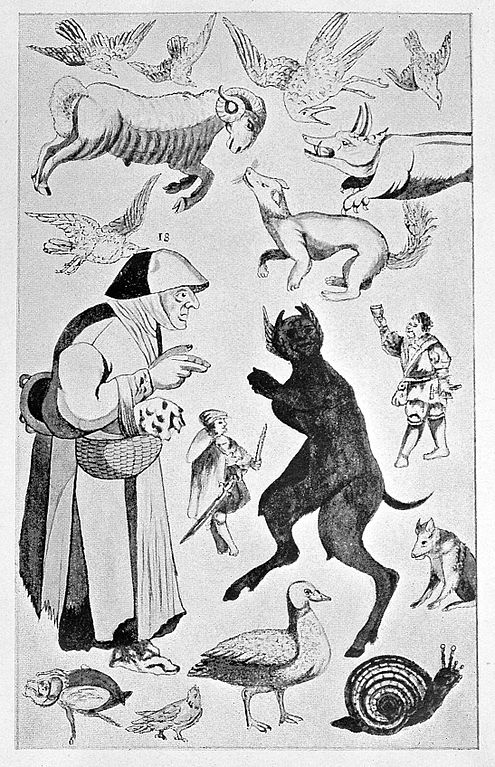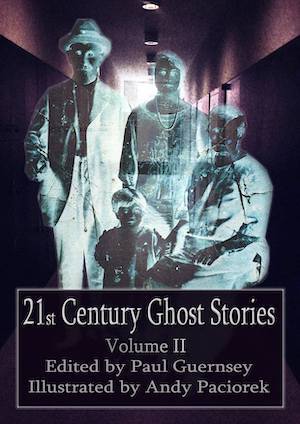by Editor
on November 26, 2014

An Illustration For Shakespeare’s “A Midsummer Night’s Dream” Painted In 1793-1794 By Swiss Artist Johann Heinrich Füssli
They Once Were Equally Haunting
Perhaps we should call it folkloric evolution. Or maybe we ought to see it as a spontaneous paranormal makeover. But whatever term we use, it’s clear that fairies are viewed far differently today than they were hundreds of years ago. Back then, they weren’t always radiant, or even particularly friendly; in fact, in some places they were associated with graveyards, and the dead.
In his book The Haunted: A Social History of Ghosts, author Owen Davies tells us that as late as the 1800s, especially in Scotland but perhaps also in a few other areas of Britain, there was frequent confusion concerning what was a fairy, and what was a ghost. Both “were considered by some to be departed spirits who lingered on the earth.” [continue reading…]
by Editor
on November 19, 2014

Illustration For The Scottish Ghost Story, “The Winding Sheet.” Image By George Brisbane Douglas, 1856-1935
A Shroud, By Any Other Name
Why does a person “dress up” as a ghost by cutting eye-holes in a bed sheet and then draping that sheet over his or her head? Does a traditional ghost really wear sheets?
Well, people in the English-speaking world have been “doing” ghosts in just this way for hundreds of years, and there is a good reason for it. In Britain, until relatively recently, a wooden coffin was a post-mortem luxury that was far too expensive for many people. In fact, only the relatively well-to-do could afford coffins in which to bury the remains of their departed loved ones. That meant that the corpses of poor people—and there were a lot of those—had to go coffinless. [continue reading…]
by Editor
on November 19, 2014
Ghost (1990)
As ghost movies go, this one’s not all that scary—though it does contain plenty of suspenseful scenes. Rather, much of the pathos stems from the paranormal romance between Molly (Demi Moore), a potter, and Sam, (Patrick Swayze), her banker lover who is murdered and becomes a ghost after he uncovers some illegal financial activity.
With the help of medium Oda Mae Brown (Whoopie Goldberg), the ghostly Sam reestablishes contact with Molly, who at first doesn’t believe he exists. Sam then provides Oda Mae with the security codes to a bank account owned by the movie’s villain, Carl (Tony Goldwyn) and coaches her through a harrowing but successful attempt to withdraw all the money. [continue reading…]
by Editor
on November 18, 2014

A Yorkshire Terror, 1621. Illustration: Wellcome Images
Ghosts vs. Aliens vs. God: Ghosts Win!
Elsewhere on this site we have ascertained that Britain is the most haunted nation on earth, hosting approximately one ghost per square mile, according to British experts on such matters. And according to a new survey conducted by Ripley’s Believe It or Not, the Brits themselves are every bit as haunted as their castles and their countryside: More British adults believe in ghosts than believe in God.
Ripley’s survey of 1,500 Britons, published on October 28, 2014, revealed that 55 percent believe in ghosts, as opposed to only 25 percent who believe in God. Other supernatural beings included in the survey were aliens (51 percent), UFOs (42 percent), and angels (27 percent). [continue reading…]




